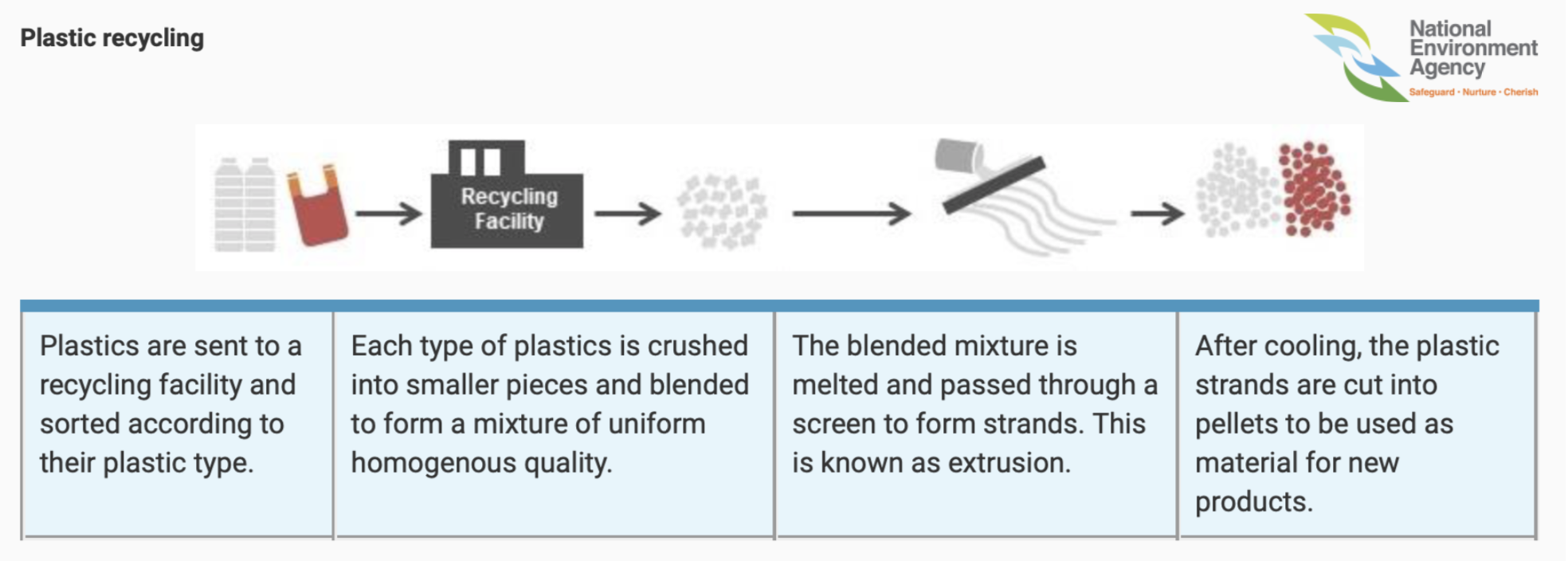Green Packaging Jargons
Environmental messages are slowly getting through in Singapore, you see growth of environmental activism through various campaigns as well as nation-wide movements like Towards a Zero Waste Nation. Recent interests in environmental issues from the mainstream media also helped raise awareness. As these eco-conscious messages penetrate into the market, people are more receptive to environmental messaging and slowly becoming a more eco-conscious consumers.
With a growing market for eco-conscious consumers, businesses also start using sustainability in their marketing and throwing confusing green product jargons, which is often called “greenwashing”. Greenwashing can make a company or product appears to be more environmentally friendly that it really is and we shouldn’t fall into this trap, but rather try to take the time to understand the jargons.
Recyclable, Biodegradable, Compostable - these jargons actually described what happen after a packaging serves its purpose or as laid out in our first blog post , the “life cycle” element that help define what green packaging is. Let’s dive into each of these terms now.
RECYCLABLE - This means, we can convert packaging waste into reusable material. Technically speaking, all packaging are recyclable but most packaging are made out of two or more materials and it’s often difficult or expansive to separate those materials to recycle them. There are 7 types of plastic and they need to be sorted according to their plastic type before they are recycled through the following process in Singapore:
Besides the type of plastic, plastic waste can also be categorized into pre-consumer and post-consumer plastic waste. Pre-consumer plastic are normally scraps generated by companies during manufacturing of products and they are easier to recycle as they are clean and homogeneous. While post-consumer plastic waste are generated by consumers after use and it is more difficult to collect and easily contaminated by food.
You can recycle post-consumer plastics through public recycling bins (yes, that commingled blue recycling bins at your HDB estates, private landed properties and condominiums/private apartments), but remember you will need to clean them thoroughly! Most importantly, remember the 3Rs rule - always reduce and reuse your plastic waste first before recycling them.
BIODEGRADABLE - This means that packaging materials can be broken down by microorganisms (bacteria, fungi or algae) into water, carbon dioxide and biomass. No additive are needed and no fragments remain in the environment. In order to be meaningful, the packaging should state the environmental condition and timeframe under which it will biodegrade. For example, our Oxo-degradable cling film will start its fragmentation process when exposed to heat and followed by oxidation once the fragment is assimilated with micro-organism. Depending on the temperature and exposure to sunlight, Orient Oxo-degradable cling film will degrade in one to four years.
COMPOSTABLE - This is an enhanced biodegradation and normally happen under managed conditions. An industrial composting condition requires an elevated temperature (55-60°C) combined with a high relative humidity and the presence of oxygen. This is the most optimal condition for biodegradation and after composting, the materials will become fertilizers known as humus which can be used to boost the growth potential of plants. Unless otherwise stated, Certified compostable products are normally disposed in a designated municipal composting facility, not at home.
In conclusion, each route taken at the end of a packaging’s life cycle has its own pros and cons and may not be the perfect solution at the moment. However, it is a continuous effort to help make packaging more sustainable for our dear earth. We hope that laying out these jargons will help our eco-conscious customers understand what they are selling/buying as we strive to educate and provide green packaging solutions to our customers.



Comments
Leave your comment